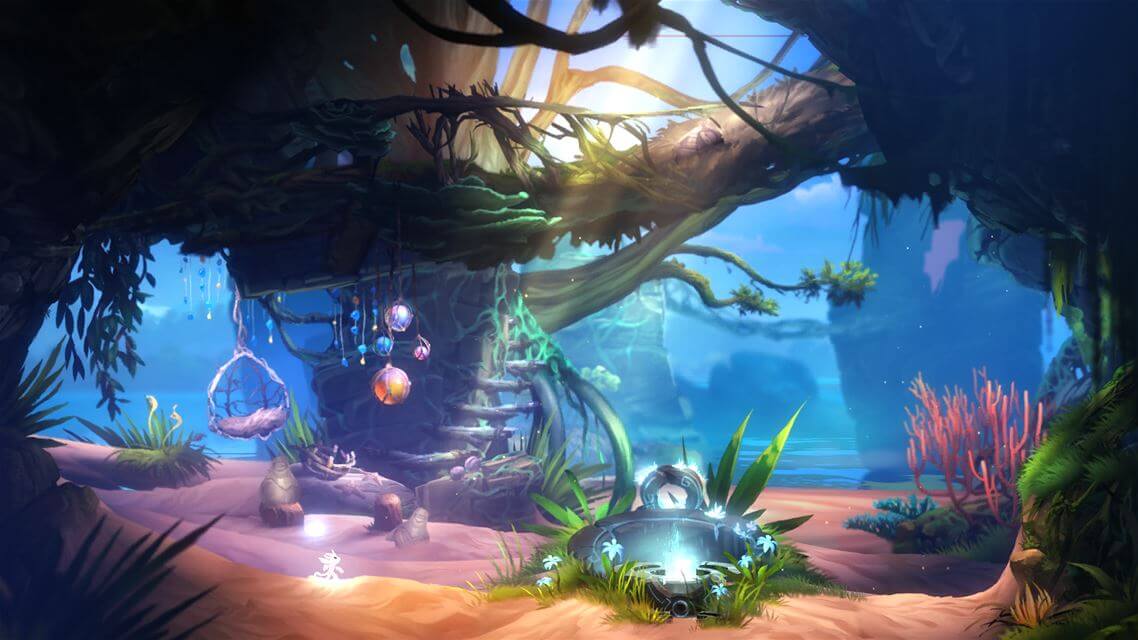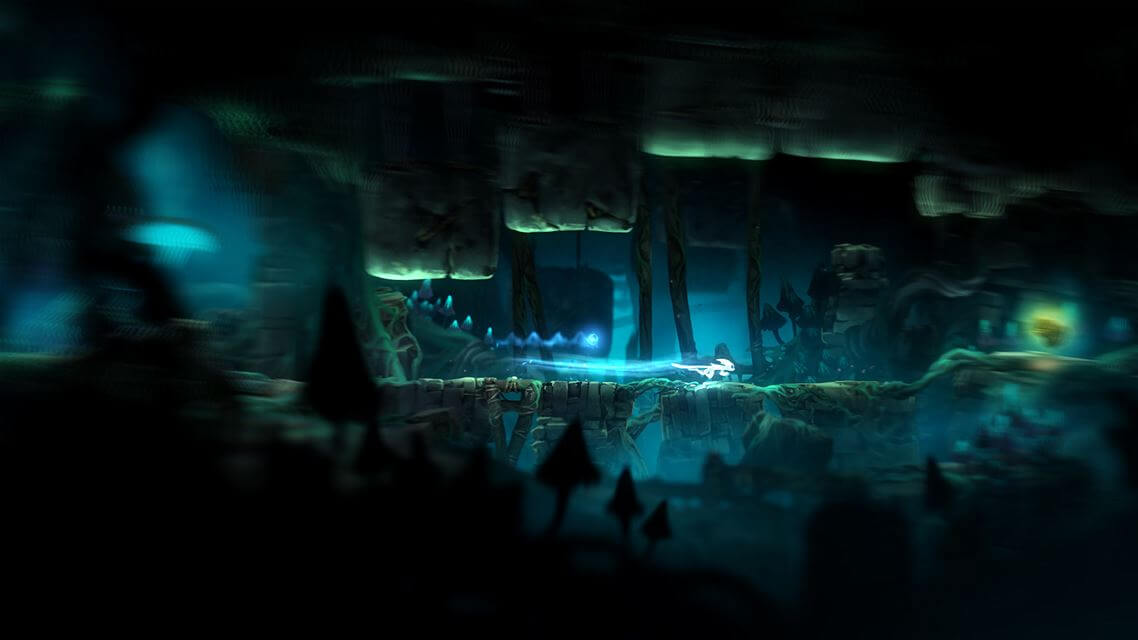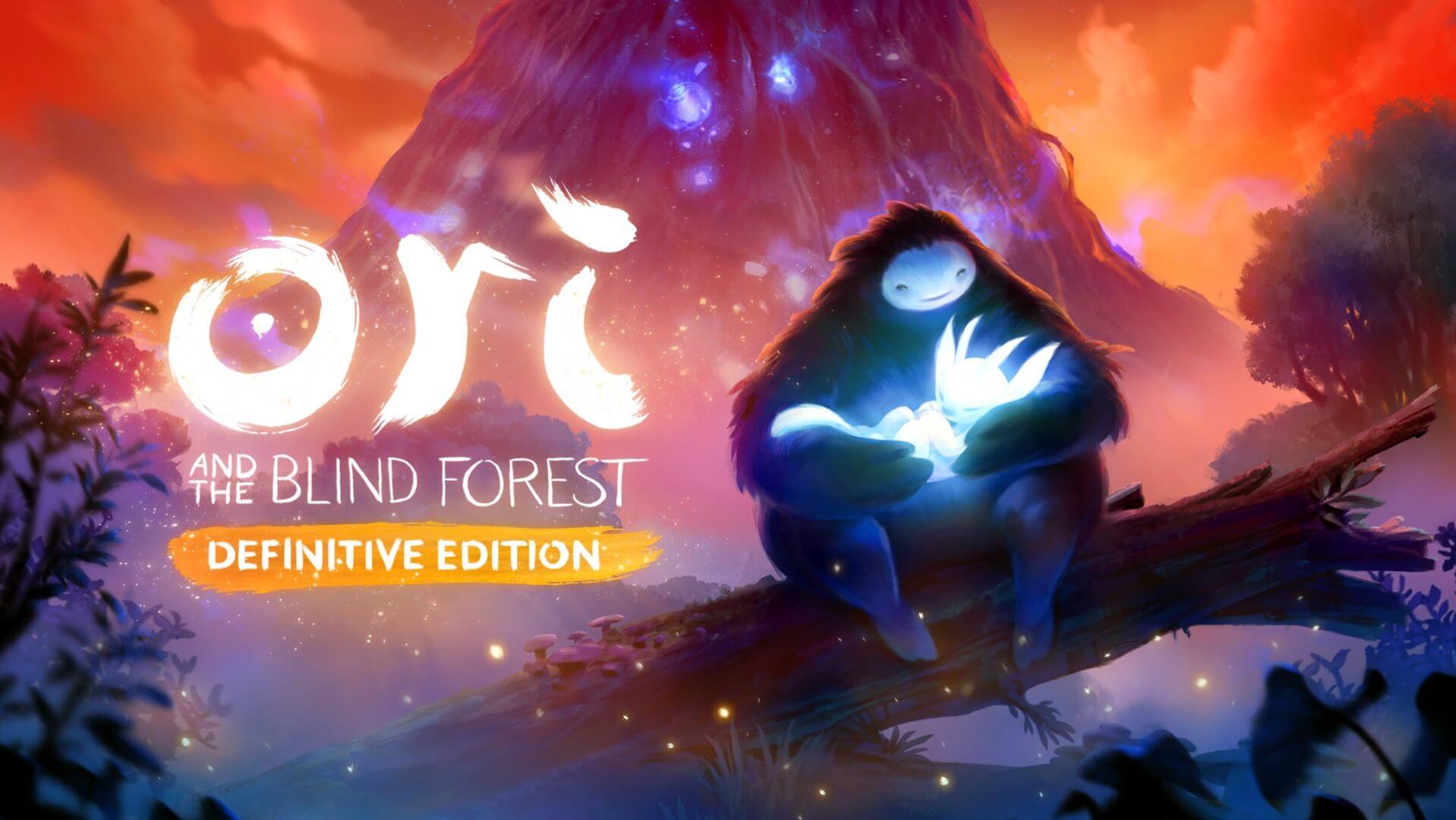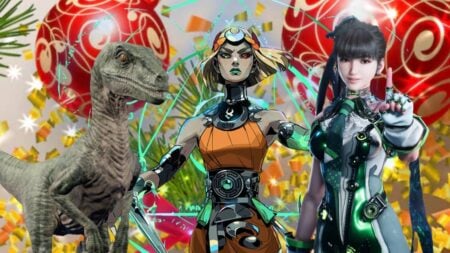Title – Ori and the Blind Forest: Definitive Edition
Version Tested –
Available On –
Developer – Moon Studios
Publisher – Microsoft Studios
Genre – Action and Adventure, Platformer
Official Site – https://www.oriblindforest.com/
Release Date – March 11, 2016
Where to Buy –
Ori and the Blind Forest is an award-winning game. It has amazing graphics, hauntingly good music and a story guaranteed to make you cry from its very beginning. With the new Definitive Edition, you get everything that was great in the original version, plus new areas, new abilities, and a few key improvements. With so much carefully crafted content available in Ori and the Blind Forest: Definitive Edition, it is well worth picking up. This is true whether you are brand new to this game or have already been a fan since day one.

The two new areas, Black Root Burrows and the Lost Grove, offer uncharted terrain for Ori to explore. Both areas are available to access early on in the game. They help show players more about Naru’s past. Black Root Burrows, in particular, held my attention for a while. This section of the map features a lot of underground design. However, this is hard to notice at first because you begin the area almost entirely in the dark. Ori’s small circle of light brightens a bit of the immediate area. Some platforms are also lit with a light glow to help you navigate. Enemies here emit a small amount of light. Of course, this light is snuffed out when they are defeated. The lack of sight certainly presents a different sort of challenge for the game. As Ori continues through the area and finds an orb that gives better vision, it becomes easier to develop a strategy for navigating the darkness. However, the orb does limit your ability to jump. The orb mechanic then presents a different sort of puzzle in itself.
The Lost Grove was the other new area added to Ori and the Blind Forest: Definitive Edition. This environment offers a lot more color and a whole different style of beauty. Players learn more about Naru’s story. You will discover why she may have been inclined to help Ori in the first place. I became fond of both of these new areas during my playthrough. I really enjoyed the Black Root Burrows because of its different elements. Navigating the darkness of the area, and with a hindrance of carrying an orb, was a challenge. I often found myself jumping blindly, unsure of where the next safe patch of ground might be. I also liked playing through the Lost Grove, as it required a lot of thought to be able to solve puzzles with the amount of energy that I had available at that time. In addition, the new ability Ori gains in the Lost Grove needs some amount of precision to use well, and I enjoyed the new mechanic for this area. Even if it was frustrating at times. Add in the discovery of Naru’s story, and these two environments quickly became some of my favorites to traverse.

Players get to learn two new abilities in these areas. In the Lost Grove, Ori can learn Light Burst, which will help you navigate through various secrets and pathways. Light Burst is a sort of small light grenade Ori can throw at enemies, or use to solve puzzles. In Black Root Burrows, Ori learns an ability called Dash, which can give short bursts of speed. Both of these abilities went with the areas well and definitely made for some unique, fun experiences. In particular, an Indiana-Jones style boulder scene was one of the most frustrating, rewarding and entertaining experiences in Black Root Burrows, and that was just one area where Dash could come in handy.
Both Dash and Light Burst translate well into other areas of the game. While I found myself using Light Burst less often, as it used up an energy slot each time, I frequently used the Dash ability in all sorts of situations. A short burst of speed was helpful in both fighting and fleeing. And being able to access these new abilities early on in the game provided an advantage in later areas, giving Ori more tricks to use in exploration.

Exploring is a big part of Ori and the Blind Forest. One big improvement for this aspect in the Definitive Edition was the use of spirit wells as teleportation tools, moving Ori between one area and another. Many of the environments needed certain abilities in order to progress into all the secret places. Being able to have an easy way to come back to such secrets was a definite plus, especially for completionists like myself. The use of teleportation also helped to bring the world of Nibel together as a whole. Whereas in the original edition, one might have to follow long, select paths to get back to certain areas, now it is possible to move Ori around more freely. Rather than taking the player out of the experience, such free movement actually helps the forest of Nibel feel more believable and real.
The Definitive Edition also brings in new levels of difficulty, opening up the game to all types of players. Now, those people who want to appreciate Ori and the Blind Forest for its graphics, but not necessarily its difficulty, can play on an Easy mode. There is a Hard mode for players who might want even more of a challenge. And for those who are searching for a game almost impossibly hard (I’m looking at you, Dark Souls people!), the developer has added a mode with only one life for the ultimate challenge. With the game open to so many different levels of play style, Ori and the Blind Forest: Definitive Edition has become something that absolutely everyone can enjoy. The many changes that have been made to this edition the game have made it an even better experience, and I can already tell that Ori will be one of those video games I will return to for years to come.
[embedyt] https://www.youtube.com/watch?v=zU3rmggIcpc[/embedyt]
- Gameplay: Interesting and challenging platformer with a beautiful story.
- Graphics: Vibrant environment, everything is very fluid even as the areas vary greatly in design.
- Sound: Soundtrack and narration fit well with the theme of the game.
- Presentation: Runs well with very few bugs; every element added in Definitive Edition works well.
[review]







